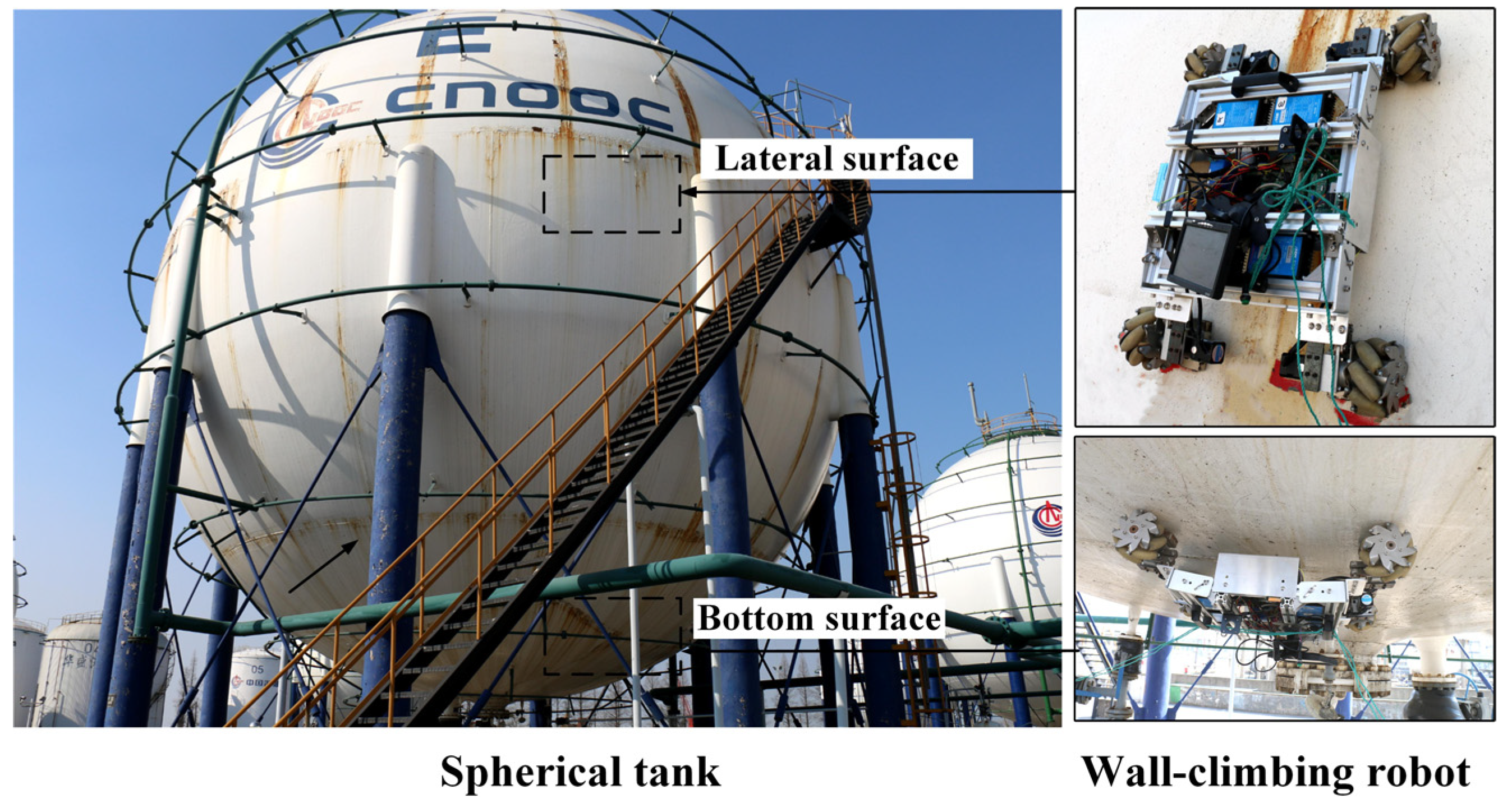The Necessary Role of Container Welding Evaluation in Ensuring Structural Stability and Safety Conformity in Industrial Applications
In the realm of industrial applications, storage tank welding inspection becomes a pivotal aspect in guarding architectural stability and guaranteeing conformity with safety regulations. Making use of a mix of techniques such as aesthetic analyses and advanced screening techniques, these assessments serve to determine and minimize potential defects before they rise into substantial dangers. The ramifications of these methods extend past simple regulatory adherence; they essentially effect operational performance and property longevity. However, the complexities surrounding the assessment procedure motivate a closer exam of its methods and outcomes, exposing layers of importance that merit more exploration.
Relevance of Tank Welding Inspection

Making certain conformity with sector criteria and laws is another substantial aspect of tank welding inspection. Regulative bodies mandate rigorous standards for the construction and maintenance of storage space containers, and thorough inspections aid companies follow these demands. Non-compliance can cause serious penalties, including fines and closures, better stressing the requirement for strenuous examination methods.
In addition, storage tank welding evaluation plays a vital role in preserving functional performance. Regular assessments can identify prospective concerns before they rise, facilitating timely repair services and lessening downtime. This aggressive approach not only improves safety and security but additionally contributes to cost financial savings in the future. In summary, the importance of tank welding assessment exists in its ability to safeguard public health and wellness, secure the environment, and make sure compliance with regulative structures.
Trick Evaluation Strategies
Efficient tank welding inspection depends on a selection of vital techniques that guarantee extensive evaluation of weld quality and architectural stability. Amongst one of the most common strategies are visual evaluation, ultrasonic screening, radiographic screening, and magnetic particle screening - Tank Welding Inspection. Each technique supplies unique advantages in assessing various aspects of the weld
Aesthetic evaluation functions as the first line of defense, allowing examiners to identify surface area flaws, abnormalities, or inconsistencies in the weld bead. Ultrasonic screening utilizes high-frequency audio waves to spot interior flaws, such as fractures or gaps, supplying an extensive assessment of weld integrity. This approach is specifically effective in detecting issues that might not be noticeable on the surface.
Radiographic testing makes use of X-rays or gamma rays to generate photos of the welds, exposing internal discontinuities and offering an irreversible record for future reference. This pop over to this web-site method is extremely effective for essential applications where the danger of failure need to be lessened.
Lastly, magnetic particle screening is utilized to identify surface and near-surface issues in ferromagnetic products. By using electromagnetic fields and great iron fragments, examiners can identify interruptions that could compromise the structural stability of the container. With each other, these methods develop a durable framework for ensuring top notch welds in industrial applications.
Conformity With Safety And Security Standards

Regular inspections play a critical duty in making certain conformity by determining prospective failures or discrepancies from prescribed requirements. Examiners are educated to evaluate weld quality, confirm product specifications, and assess the general architectural stability of containers. Their knowledge is essential in making certain that welding processes meet the needed safety and security criteria.
Moreover, conformity with security standards not only safeguards workers however likewise safeguards the setting from possible dangers such as leakages or catastrophic failures. Organizations that focus on security conformity are better placed to reduce risks, improve operational effectiveness, and foster a culture of safety within their workforce. In summary, keeping strenuous compliance with security criteria is crucial for the successful procedure of tank welding tasks in industrial settings.
Benefits of Routine Examinations
Routine inspections are important to preserving the structural integrity and safety of bonded tanks. These evaluations provide a methodical technique to identifying potential problems or weak points in the welds, guaranteeing that any issues are dealt with prior to they intensify right into significant failures. By carrying out normal assessments, companies can discover corrosion, exhaustion, and various other forms of damage that may compromise storage tank efficiency.
Additionally, constant examinations add to conformity with industry laws and standards. Sticking to these standards not just minimizes lawful dangers however additionally improves the company's credibility for safety and integrity. Normal inspections cultivate a proactive security culture, encouraging employees to identify and prioritize the official source significance of equipment stability.

Situation Studies and Real-World Applications
Instance studies over at this website and real-world applications illustrate the concrete effect of effective tank welding examination practices. Complying with the execution of rigorous welding evaluation procedures, consisting of aesthetic and ultrasonic screening, the center recognized crucial problems in weld seams that could have led to catastrophic failings.
Similarly, a water therapy plant implemented a thorough assessment program for its container welding operations - Tank Welding Inspection. By including non-destructive testing techniques, the plant was able to discover very early signs of rust and exhaustion in weld joints. This timely intervention prolonged the life-span of the storage tanks and made sure conformity with safety and security regulations, thus protecting public wellness
These case studies emphasize the importance of regular and organized storage tank welding examinations. By prioritizing these techniques, sectors can mitigate dangers, improve architectural honesty, and ensure conformity with safety and security requirements, eventually leading to enhanced functional performance and minimized responsibilities.

Final Thought
In verdict, tank welding assessment is a crucial component of keeping structural stability and safety in industrial applications. Employing various evaluation techniques guarantees very early discovery of potential problems, thus stopping disastrous failures.